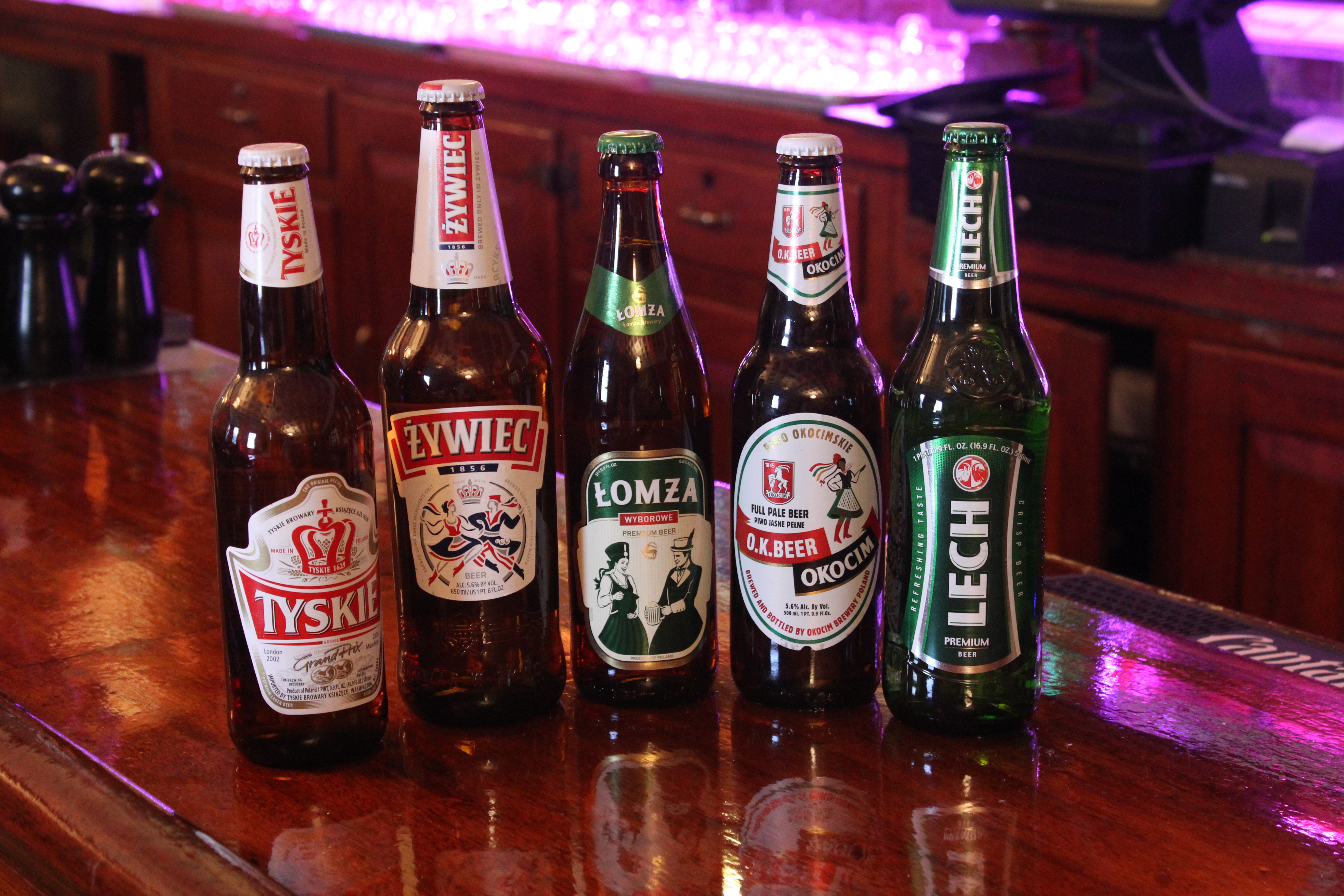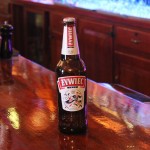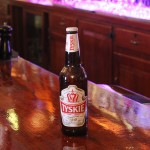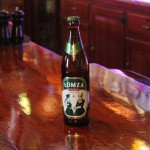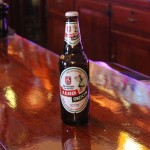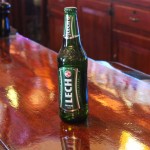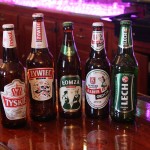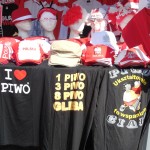This time my blog is about beer. Polish beer specifically. It is not going to be a blog full of technical things like the difference between an ale and a lager, top fermentation versus bottom fermentation, and all kinds of scientific stuff like that. I am not a beer expert, I am more of a try it and see what I think about it expert.
This blog (and its companion Facebook/YouTube video) is meant to encourage you to try Polish beer and to help you select and order that beer in restaurants, bars, and package stores in Connecticut or elsewhere in the United States. If you ever have the opportunity to visit Poland, it would certainly help you in your search for beer. I will also give you a tiny bit of background on the relationship of Poland and beer.
First, the Polish word for beer is “piwo”, which is pronounced “pee-voh.” This brings me to the second Polish word you need concerning beer-bathroom is “toaleta”, which is pronounced “tow-a-let-a.”
Now, for a few statistics about beer in Poland, courtesy of a 2013 report by Ernst and Young called, “Contributions made by beer to the European Economy”. In 2012, there were 137 breweries in Poland, 50 of those were microbrewers. Poland, like the United States, has a growing microbrewery movement, but you won’t see many of those microbrews here. The three largest breweries in Poland constitute 85% of beer sales. Poland is the 3rd largest beer producing country in the European Union, behind Germany and the United Kingdom. Poland is also 3rd in beer consumption per capita, with the average of 98 liters per person. Germany and the Czech Republic are numbers one and two. In 2012, 90% of all beer sold in Poland was sold for consumption outside of the “hospitality” situation, in other words, the beer is consumed at home. The amount of beer sold in the “hospitality” situation has declined over the past few years, resulting in all kinds of advertising, etc.by the beer companies to increase sales. I have even seen this in Connecticut, I was at the Pulaski Club one night and they were giving away Lech bottle opener key chains. Now for the best part, how much does that beer cost in Poland. The average liter of beer in a “hospitality” situation is $3.30 and the average liter sold in retail for home consumption is $1.44 a liter. When I flew to Poland last year, a beer ON THE PLANE was less than $3.00. And it was a Zywiec-my favorite, although it was a little on the warm side.
As I mentioned above, the most popular Polish beers are owned by three companies, none of which is a Polish company, but the companies operate breweries in Poland. SAB Miller’s (a South African company) share is 38% of Polish beer sales. The Polish beer brands owned by them are Tyskie, Lech, and Zubr. Tyskie is considered one of the most popular Polish beer brands. The next company is Heineken (a Dutch company) which has a 35% share of the Polish market. Their main brands are Zywiec, Warka, and Tatra. Zywiec is another very popular Polish beer. The last company is Carlsberg (a Danish company). They hold a 14% of the Polish Market. Their best known beer brands are Okocim and Kasztelan.
Ok, let’s talk about Polish beer in the United States. In New Britain, Polish beer everywhere, in bottles, cans and on tap. There are 3 package stores on Broad Street with multiple brands of Polish beer. There are also three restaurants on Broad Street with both bottled and on tap Polish beer. Several stores on Broad Street sell Polish beer-Roly Poly has one of the best selections. Last time I was there, they also had Ukraine beer. I would also encourage you to check out the bars at the Pulaski Club and the Haller Post. They are open to the public when there are events going on at them. Both clubs have Facebook pages-check them out for events.
Off of Broad Street and outside of New Britain, Polish beer is harder to find, but worth checking your local package store. I was in a package store in Orange, CT and they had Zywiec. Since Zywiec is distributed by Heineken and Tyskie is distributed by Miller, there is a chance that your local packie has them or can get them easily.
Final note. On my last trip to Poland I had the opportunity to visit the Tyskie brewery. It was interesting and I did hum the theme song to Laverne and Shirley when we went by the bottling room. The most interesting section of the brewery was where they sterilized the returned bottles for reuse. We don’t do that here anymore, with maybe the exception of a few small bottlers. What was impressive is that over 90% of the beer bottles are recycled. According to the U.S. container recycling institute’s 2013 figures, in states with deposits on bottles-65% of glass bottles are recycled. In states without deposits on bottles-25% of glass bottles are recycled. We are definitely way behind on recycling.
I hope I have inspired you to try a Polish beer. Check out the video that goes with this blog to learn how to pronounce a few of the most popular Polish beers.
Until next time.
Dorena,
The American on Broad Street
- zywiec
- tyskie
- lomza
- Okocim
- lech
- proper beer drinking attire
